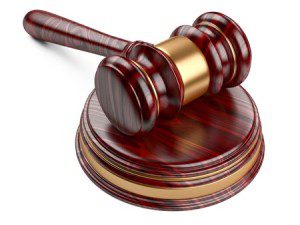 CSAAS originated from the work of Dr. Roland Summit. In 1983, he published an article in which he described the syndrome he outlined as “a common denominator of the most frequently observed” behaviors of child sexual abuse victims: secrecy; helplessness; entrapment and accommodation; delayed, conflicted, and unconvincing disclosure; and retraction. He described the first two categories as “preconditions” to sexual abuse, and the remaining three as “sequential contingencies” of sexual assault. Nine years later, Dr. Summit published a follow-up paper. He revisited the original piece and its origin to address “subsequent distortions that court misuse has imposed,” and acknowledged the “misunderstanding” that stemmed from his use “of the word syndrome.”
CSAAS originated from the work of Dr. Roland Summit. In 1983, he published an article in which he described the syndrome he outlined as “a common denominator of the most frequently observed” behaviors of child sexual abuse victims: secrecy; helplessness; entrapment and accommodation; delayed, conflicted, and unconvincing disclosure; and retraction. He described the first two categories as “preconditions” to sexual abuse, and the remaining three as “sequential contingencies” of sexual assault. Nine years later, Dr. Summit published a follow-up paper. He revisited the original piece and its origin to address “subsequent distortions that court misuse has imposed,” and acknowledged the “misunderstanding” that stemmed from his use “of the word syndrome.”
The following year, the Court found that CSAAS had a “sufficiently reliable scientific basis” to be presented to a jury. State v. J.Q., 130 N.J. 554, 556 (1993). The Court relied extensively on Dr. Summit’s initial 1983 article. The Court concluded that CSAAS is not “evidence of guilt or innocence” and cannot be used as direct proof that abuse occurred. Id. at 571, 574, 578. Rather, the Court allowed its use to help juries understand “traits often found in children who have been abused,” which might otherwise be counterintuitive. Id. at 582. In response to J.Q., the Model Criminal Jury Charge Committee developed an instruction on CSAAS. The trial court in this case recited the model charge nearly verbatim — both before Dr. Taska testified and before the jury began deliberating. Since J.Q., the Court has restated and refined certain principles about the use of CSAAS testimony but has not reassessed the scientific underpinning of CSAAS evidence. Forty other states and the District of Columbia allow CSAAS testimony for some purpose. A few states bar CSAAS evidence.
This case demonstrates how bad law can remain in effect long after the bases for the law have been undermined. Here, by 1992 Dr. Summit recognized and write about how courts were misusing CSAAS testimony. Still, CSAAS testimony was found sufficiently reliable by the New Jersey Supreme Court in 1993. It took another quarter of a century before the issues raised by Dr. Summit were raised in an appeal that made its way back to the New Jersey Supreme Court.
